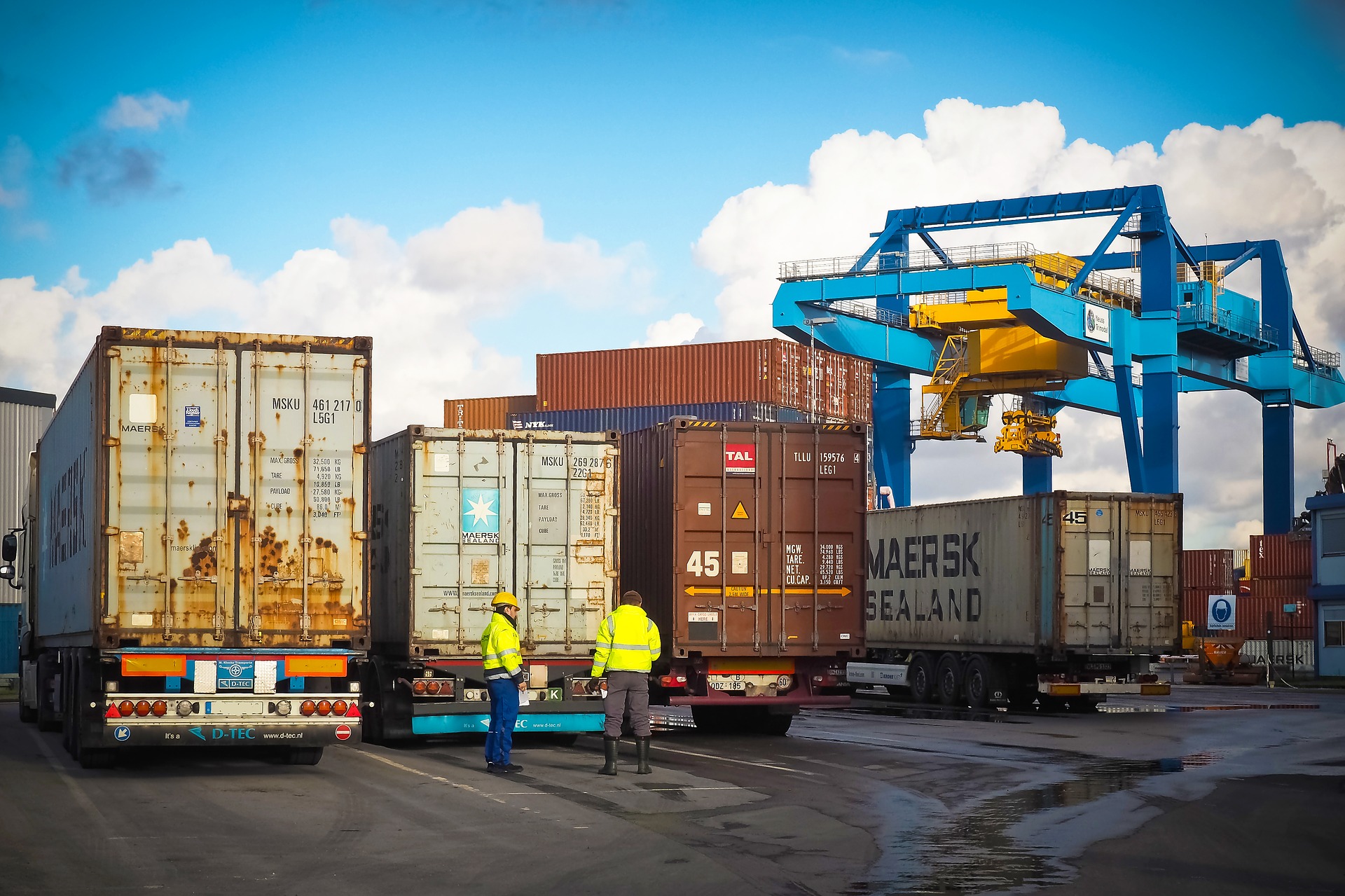Technology Insight – Situational Understanding and Predictive Models in Smart Logistics
By Fundación Valenciaport

Introduction
During the last years, the rise of international trading and the continuous increase of the container vessel sizes are having a direct impact on the congestion of road operations at the entrance/exit of maritime ports and terminals. These factors, together with a bad scheduling for the flows of trucks entering and exiting port accesses, are leading to significant levels of congestion in peak traffic times at port and terminal facilities.
For monitoring and understanding the main cause of these issues, maritime ports and terminals collect events and data streams (e.g. number of trucks, number of containers, scheduled time of arrival and departure for vessels) by means of sensors and digital systems and platforms. Nevertheless, data and information flows are treated separately by the different port entities, that is, there is not a holistic view of the available information. As a consequence, the disaggregation of the different data sources makes the prediction and optimization of the port performance an impossible task.
This use case focuses on enhancing the situational understanding of events in maritime ports and terminals by means of collecting and aggregating data processing. A subsequent optimization and prediction performed on this data will reduce the time that trucks spend inside the port and terminal facilities, i.e., truck turnaround times (TTT). The outcomes of the monitoring and optimization processes are expected to be visualized in a dashboard and map interface.
Architecture
The main innovation of this use case resides on the development of analytical and predictive models to estimate and optimize truck turnaround times in ports thanks to the aggregated ingestion of the different port and terminal data sources.
Analysis and predictions of TTT will be performed by exploiting ML techniques that will allow to identify the TT times across the different phases (terminal TT, gate TT, idling times) of the port operative. Analytical and predictive services will be deployed at iNGENIOUS platform by exploiting REST API architecture. The outcome of the analysis and predictions will be visualized in a graphical interface composed of dashboards and maps.
Additionally, for enhancing the accuracy of situational understanding and predictive models, the use case will install real-time IoT tracking sensors on trucks as a new data source able to help estimating TTT. Tracking sensors will be integrated into the system architecture by considering wireless IoT technologies like LoRa, LTE-M or 5G. Network resources required for tracking trucks will be ensured by integrating a MANO component.
The proposed innovations (dark blue blocks) will be integrated together with the existing sensors, M2M platforms and other systems across the proposed architecture composed of four different layers or stacks.
ML-based Modelling
To estimate and predict truck turnaround times, iNGENIOUS will rely on an iterative four step process that has been carefully designed focusing on the operational phases performed in maritime ports and terminals:
Firstly, a Vessel Schedule predictive module will be developed to better calculate Estimated Times of Arrival (ETA) through the ingestion of AIS and port call historic data. This module will provide an accurate ETA, which will be used as an input for estimating the cargo flow levels of all vessels arriving to the Port of Valencia.
As a second step, the Cargo Flow predictive module will estimate the number of containers loaded and discharged per vessel and per type of container (i.e. Reefer, Dangerous Goods, etc.). To predict cargo flow levels, historic port calls data, historic cargo unit data, ETA and ETD values, meteorological data, and vessel type data will be ingested from Port Community Systems, Summary Declarations and other existing data sources.
After performing the Cargo Flow level prediction, the number of trucks arriving and leaving the port for collecting or dropping that specific cargo will be estimated as part of the Truck Traffic Level predictive module. For estimating the truck traffic levels, data obtained from the maritime segment will be cross-validated with data related to gate in and gate out events in the terrestrial side. For that purpose, the matching between the containers discharged from the vessel and the containers leaving the port by truck is crucial.
Finally, after estimating the number of trucks leaving and accessing the port for transporting cargo, the truck turnaround time prediction will be performed. For that final prediction, it will be necessary to know the traffic volume inside the port for a specific time frame, in order to estimate the terrestrial congestion impacting the time that trucks need to access or leaving the port.
In all the aforementioned modules, different prediction and estimation algorithms will be run. In particular, the usage and combination of several techniques will be explored. Some of the main ML-based algorithms to consider are Rule-based classifiers; regression models like Artificial Neural Networks (a.k.a ANN), Random Forest Regressors or K-Nearest Neighbours regression; and even heuristic based algorithms. For the development of the model’s various ML libraries will be used: TensorFlow and PyTorch for complex ANN model development and training, Sklearn for ML modelling and data preparation, and Jupyter Notebook as a development environment in data science, etc.
The application of all models will be firstly explored by ingesting offline data, and then, depending on the availability of real data, those models will be deployed online for performing real-time estimations and predictions.
Operational, Business, Societal and Environmental Outcomes
In the operational domain, the analysis of turnaround time KPIs of ports and its terminals will generate accurate reports about port and terminals’ performance KPIs. The development of predictive models using vessel traffic could also contribute to develop a potential single window. The creation of a web-service based application will help to deliver TTT predictions and analytics.
From the environmental perspective the usage of optimization algorithms to develop a truck transaction booking system will lead to minimize waiting times and ensuring a more efficient operation and reducing emissions caused by truck congestions. Reducing congestions could lead to improve the city operative in cases where the port is located inside the city.
In the business segment, the development of the use case could be used to transfer pilot’s knowledge via consulting services to other logistics operators and ports.
Summary
In summary, this iNGENIOUS use case will focus on the following innovation areas:
- Design new ways of interaction and combination of heterogeneous data sources to create richer data spaces in maritime ports.
- Development of new analytical and ML-based predictive models to estimate and optimize truck traffic levels and trucks turnaround times in maritime ports and terminals.
- Exploitation of next-generation IoT technologies for enabling the tracking of trucks inside the port facilities.
- Visualization of truck turnaround predictions and IoT tracking data through the development of interactive visualization interfaces.




